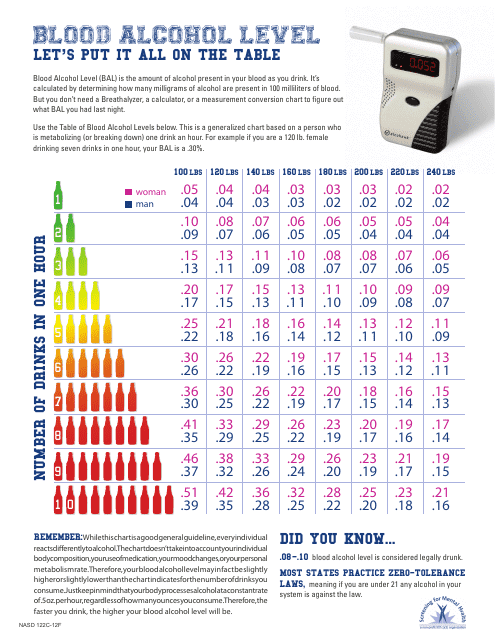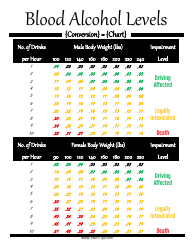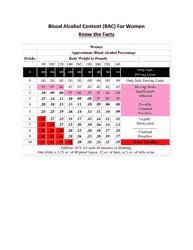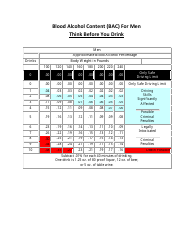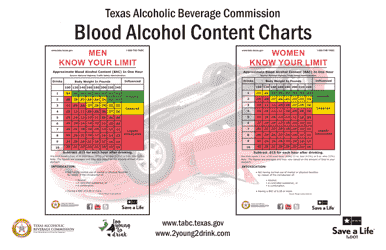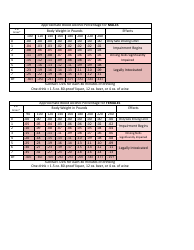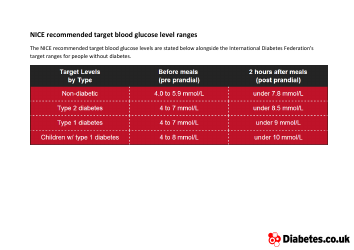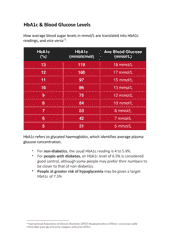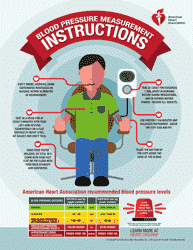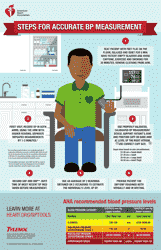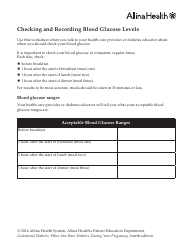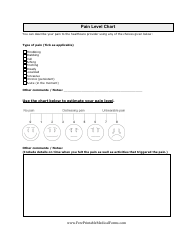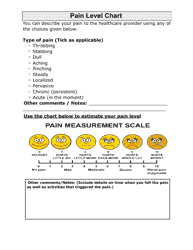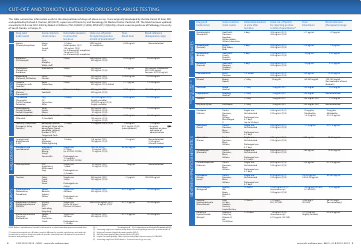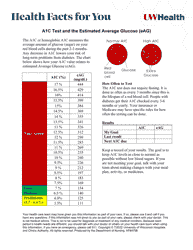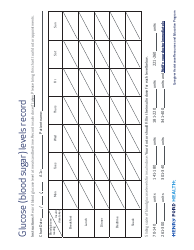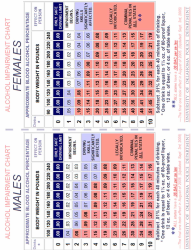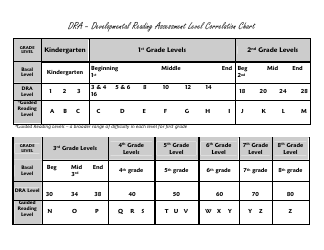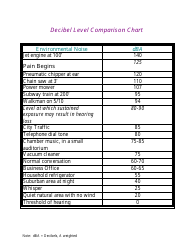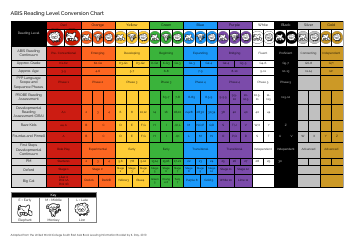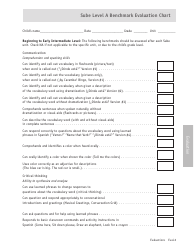Blood Alcohol Level Chart
The Blood Alcohol Level Chart is used to determine the concentration of alcohol in a person's bloodstream based on their body weight and the number of drinks consumed. It is used to assess a person's level of intoxication and their ability to safely operate a vehicle or engage in other activities.
The blood alcohol level chart is not filed by a specific entity. It is a general reference chart that shows blood alcohol concentration levels based on the number of drinks consumed and other factors. It is often used by law enforcement, healthcare professionals, and individuals to estimate the level of intoxication.
FAQ
Q: What is a blood alcohol level chart?
A: A blood alcohol level chart is a tool that shows the estimated blood alcohol concentration based on factors such as the number of drinks consumed and the person's weight.
Q: What is blood alcohol concentration (BAC)?
A: Blood alcohol concentration (BAC) is the amount of alcohol present in a person's bloodstream, measured as a percentage.
Q: How is blood alcohol concentration (BAC) measured?
A: Blood alcohol concentration (BAC) is typically measured by analyzing a person's breath, blood, or urine.
Q: What are the legal limits for blood alcohol concentration (BAC)?
A: In the United States, the legal limits for blood alcohol concentration (BAC) vary by state, but a BAC of 0.08% is the standard limit for driving under the influence (DUI).
Q: How many drinks can I have before reaching the legal limit?
A: The number of drinks it takes to reach the legal limit for blood alcohol concentration (BAC) varies depending on various factors, including the person's weight, metabolism, and the type of drink consumed. It's always best to drink responsibly and consider using alternative transportation if you plan to drink.
Q: How long does it take for alcohol to leave the bloodstream?
A: On average, it takes about one hour for the body to metabolize and eliminate one standard drink. However, the rate at which alcohol is eliminated can vary based on factors such as weight, metabolism, and the amount of alcohol consumed.
Q: What factors can affect blood alcohol concentration (BAC)?
A: Factors that can affect blood alcohol concentration (BAC) include the number of drinks consumed, the person's weight, metabolism, the duration of time over which the drinks were consumed, and whether any food was consumed along with the drinks.
Q: What are the effects of different blood alcohol concentration (BAC) levels?
A: The effects of different blood alcohol concentration (BAC) levels can vary, but generally, higher BAC levels are associated with increased impairment, including slower reaction times, poor coordination, and impaired judgment.
Q: What are the risks of driving with a high blood alcohol concentration (BAC)?
A: Driving with a high blood alcohol concentration (BAC) greatly increases the risk of accidents, as alcohol impairs judgment, coordination, and reaction times. It is illegal and extremely dangerous to drive under the influence of alcohol.
